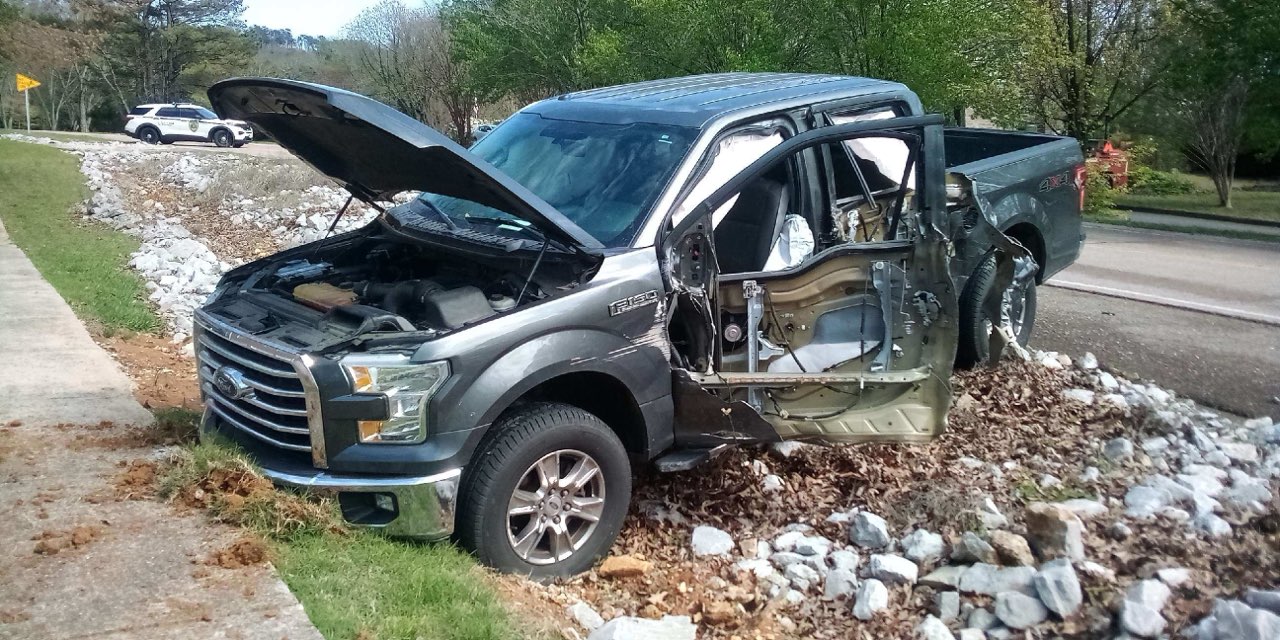
FREE SHIPPING ON
ALL QUALIFYING ORDERS
Enter your email below to join our mailing list:

Drones have become an increasingly popular tool for construction professionals and contractors to capture aerial data, monitor job sites, and streamline project management. However, flying a drone on a job site requires careful consideration and adherence to regulations to ensure safety and compliance. In this article, we will discuss the requirements for flying a drone on a job site.
The Federal Aviation Administration (FAA) regulates drone usage in the United States. Before operating a drone on a job site, it’s essential to comply with FAA regulations. This includes obtaining a Remote Pilot Certificate by passing an FAA-approved aeronautical knowledge test, registering the drone, and adhering to airspace restrictions. Additionally, operators must follow the FAA’s Part 107 regulations, which include flying during daylight hours, maintaining visual line-of-sight with the drone, and not flying over people or moving vehicles.
Permission from the job site owner or general contractor is necessary to fly a drone on a job site. The operator should communicate with the project manager and other relevant parties to ensure that everyone is aware of the drone’s presence and understands its purpose. The operator should also coordinate with other contractors and subcontractors to ensure that the drone does not interfere with other construction activities.
Safety is a top priority when flying a drone on a job site. The operator should establish safety protocols, including pre-flight checks, maintaining a safe distance from personnel and equipment, and being mindful of weather conditions. The operator should also ensure that the drone is equipped with safety features such as obstacle avoidance and automatic return-to-home functions.
Drone operators should carry liability insurance to protect against damage to property or injury to personnel. The insurance policy should cover the drone and any accessories, including cameras and sensors. The operator should also verify that the insurance coverage meets the requirements of the job site owner and general contractor.
The drone equipment should be suitable for the job site’s specific requirements. This includes the drone’s payload capacity, camera specifications, and flight time. The operator should also ensure that the drone’s batteries are fully charged, and spare batteries are available on-site. Check out the Drone Zone Here.
In conclusion, flying a drone on a job site requires careful planning and adherence to regulations to ensure safety and compliance. FAA regulations, job site permissions, safety precautions, insurance, and drone equipment are all critical considerations that drone operators should address before flying a drone on a job site. By following these requirements, drone operators can effectively capture aerial data, monitor job sites, and streamline project management.





No spam, notifications only about products and updates.

Having dealt with MK Diamond Products and the Delahauts since the mid 1990’s it is sad to hear the news that they have closed their

I’ve told my wife and daughter to never follow a mortar mixer down the interstate. For over 30 years we have sold, rented, and repaired

This question is one of the most frequent mixer related questions our rental staff are asked. Our contractor customers know the importance of using the right tools for the job.

Trowel Trades, a company that specializes in equipment rental, tool retail, repair services, scaffolding and mast climber access solutions, enters the Silver Tier of the Masonry Alliance Program.
Your email was submitted successfully.
YOUR 10% OFF COUPON CODE IS WELCOME10.
See category exclusions below.
Category Exclusions:
Arbortech Brick and Mortar Saw, Compaction, Concrete Mixers, Concrete Walk Behind Saws, Drop Hammers, Grout Hogs, iQ Power Tools, Masonry Block Saws, Masonry Brick Saws, Mast Climbers, Mortar Mixers, Mud Buggy, Saws, Scaffold, Self Dumping Hoppers, Shoring, and Stihl